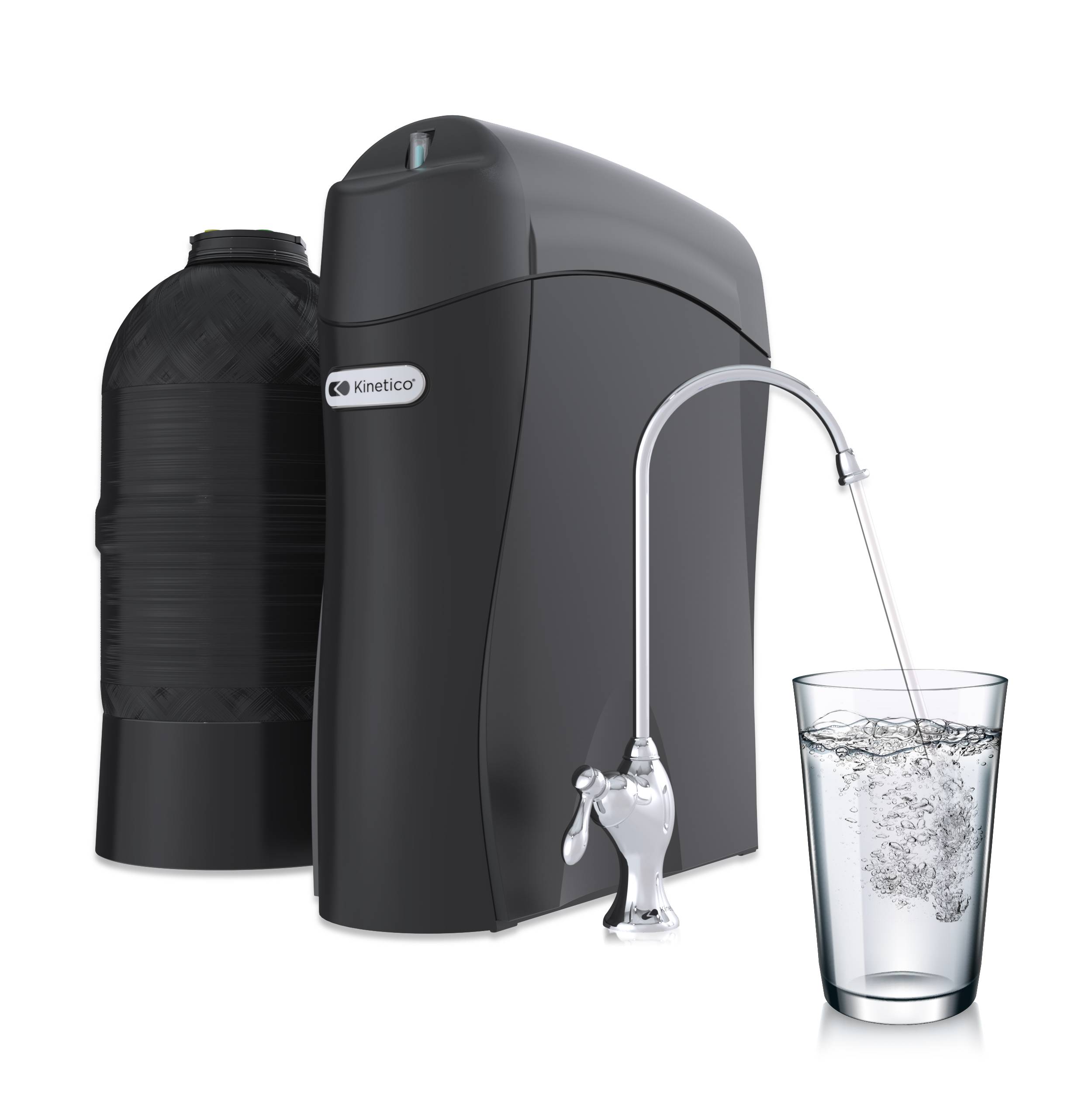The Fine Line Between “Safe” and “Clean”
What’s considered “safe” and “clean” are two very different things. Municipalities are not providing unclean water for the sake of it. Instead, cities and their governments often lack the resources and funds to ensure truly purified water.
Numerous studies have been conducted to evaluate America’s drinking water. The results have been less than stellar. Be informed of what’s flowing from your faucet with these unnerving facts about today’s water conditions:
- Annually, 1.2 trillion gallons of untreated sewage, stormwater, and industrial waste are dumped into U.S. water. (Source)
- Daily, 2 million tons of sewage, industrial, and agricultural waste are discharged into the world’s water (UN WWAP 2003), the equivalent weight of the entire human population of 6.8 billion people. (Source)
- In the United States there are thought to be over 20,000 known abandoned and uncontrolled hazardous waste sites and these sites could contaminate the groundwater if there is a leak. (Source)
- Nitrate from agriculture is the most common chemical contaminant in the world’s groundwater aquifers. (Source)
- The American Society of Civil Engineers gave the United States’ drinking water system a D rating for more than 2 trillion gallons of treated drinking water annually, “legacy and emerging contaminants” that are in need of monitoring, and pipes that are pushing the limits of their 75 to 100 year lifespan. (Source)
While water treatment facilities test water quality on site, the scores are not alway accurate. The tests are done before the water travels through the city’s distribution system; a system that is usually outdated.
Throughout the transition between the water treatment facility and your home, water can pick up contaminants that then flow from your faucet.




